- | 9:00 am
Used diapers could be the trick to designing more sustainable concrete
Researchers from the University of Kitakyushu developed a concrete recipe that replaces sand with shredded diapers.
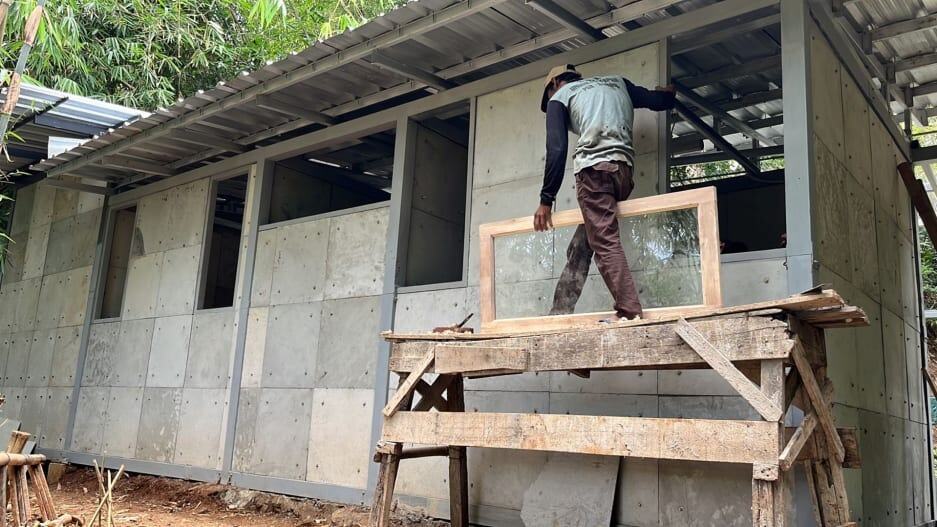
Architects are no strangers to unusual building materials: hemp, agave pulp from the Tequila industry, broken toilets, nonrecyclable plastic, and now . . . used diapers?
A team of researchers from the University of Kitakyushu in Japan has developed a type of concrete that can replace up to 40% of sand with shredded diapers. As outlined in the study, which was published in the journal Scientific Reports, the goal is twofold: to demonstrate that diapers can be diverted from landfills and used to help build affordable housing; and to show that concrete, which is responsible for 8% of global greenhouse gas emissions and requires about 50 billion tons of sand every year, can be made more sustainable.
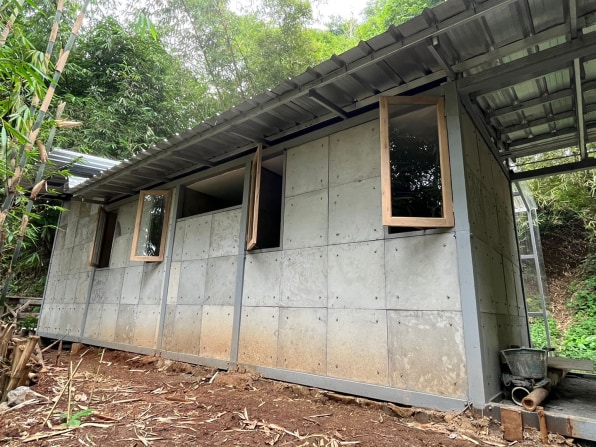
Wild as it may sound, the idea to reuse diapers isn’t without precedent. In 2022, for example, the Welsh company NappiCycle collected more than 100,000 used diapers from British diaper company Pura (which also just launched in the U.S.) and used them to pave 1.4 miles of roads in Wales. As Pura head of sustainability Matt Moreland explains, diapers have great potential as a material because they’re made of plastic fibers and cellulose, both of which can be used as binders. “Fibers have been used in high-quality asphalt for a very long time,” he says. “Their properties enhance the homogenization of the bitumen and structure of the laid asphalt.”
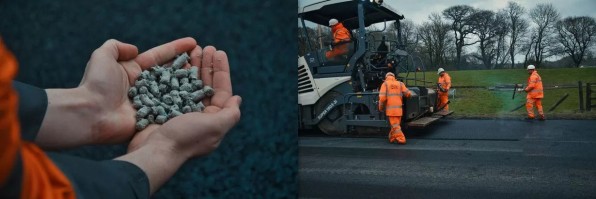
Asphalt is one thing, but building walls made with diapers in a home for people to live in is another. The idea (and parts of the funding) came from an Indonesian renewable energy and waste management consultancy called Awina Sinergi International. The research is in its very early stages, but the concrete was already tested to build a small house in Indonesia. Spanning one floor and the size of two parking spots, the house contains about 3,700 pounds of shredded diapers—none of them visible to the naked eye.
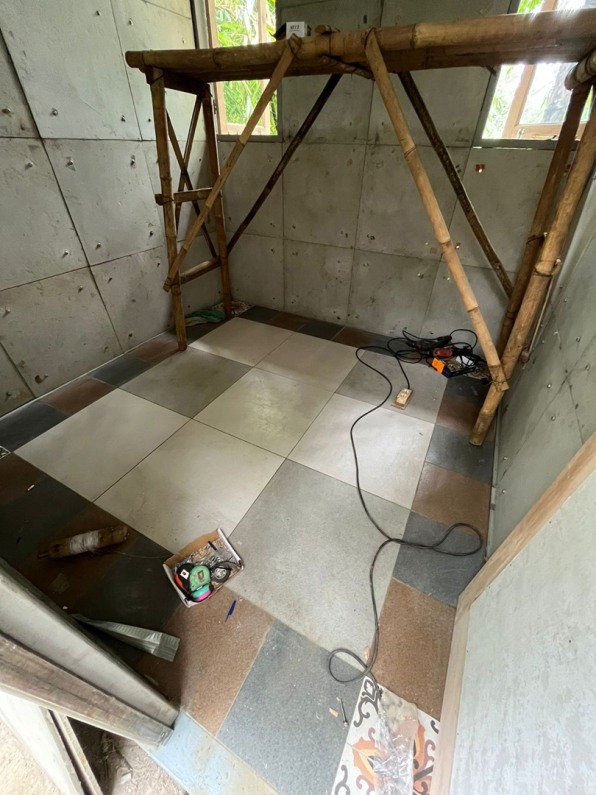
Siswanti Zuraida, who is the lead author of the study and a PhD student in architectural engineering at the University of Kitakyushu, explains that she washed and cleaned her own baby’s dirty diapers, left them to dry in the sun for about a month, then manually shredded them with scissors.
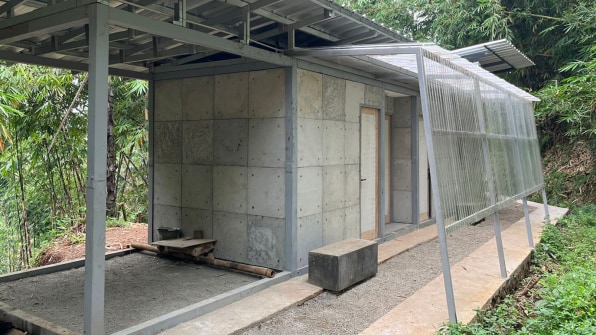
Then, the team began experimenting with ratios. More diapers meant lower compressive strength, and vice versa. So after pressure-testing various samples, they landed on a recipe: Nonstructural components could be made by replacing up to 40% of the sand with used diapers; structural components like columns and beams could be made with 10% of diapers.
In Indonesia, Zuraida then partnered with a team of local architects and material engineers to design a prototype house according to the country’s building standards. The final design uses metal beams and concrete blocks comprised of 27% diaper waste.

For now, the process is closer to a DIY experiment, and for it to work at a larger scale, the team would need to set up a robust collection system that lets people recycle used diapers, and partner with various stakeholders to properly sanitize the diapers, then shred them with appropriate machinery. A version of this has already been done in Amsterdam, in 2019: The recycling company TerraCycle designed about 200 bins for the municipality to distribute in pharmacies and nurseries across two neighborhoods. The bins could be opened by parents with a special app, which also showed the location of the nearest bin. Similar diaper recycling programs are being developed in Belgium and Italy.
But in the meantime, the experiment is an interesting example for low-income communities that could replicate the process. “Our objective is to propose a recycling system for disposable diapers with low technology so people can make their own materials,” says Zuraida.
If the team meets their objective, they’ll have another challenge on their hands: convincing people that a house made with used diapers isn’t as gross as it sounds.







































